

Matt Campbell
2025 Porsche 911 Carrera T review
5 Days Ago

Journalist
Nissan has overnight unveiled its new three-year plan, dubbed NissanNext.
The plan is at bringing Nissan back to profitability after suffering a ¥671.2 billion ($9.5 billion) loss for the last financial year.
In announcing the changes, Makoto Uchida, Nissan’s CEO, admitted drastic measures needed to be taken as the company had spent years expanding too quickly and in too many markets.
As widely expected, Nissan will close its factory in Barcelona, Spain, which currently produces the Navara, NV200 van, and Renault Alaskan. Around 2800 people will lose their jobs when the plant shuts its doors.
From next year, the company’s sole production facility in Europe will its plant in Sunderland, UK.
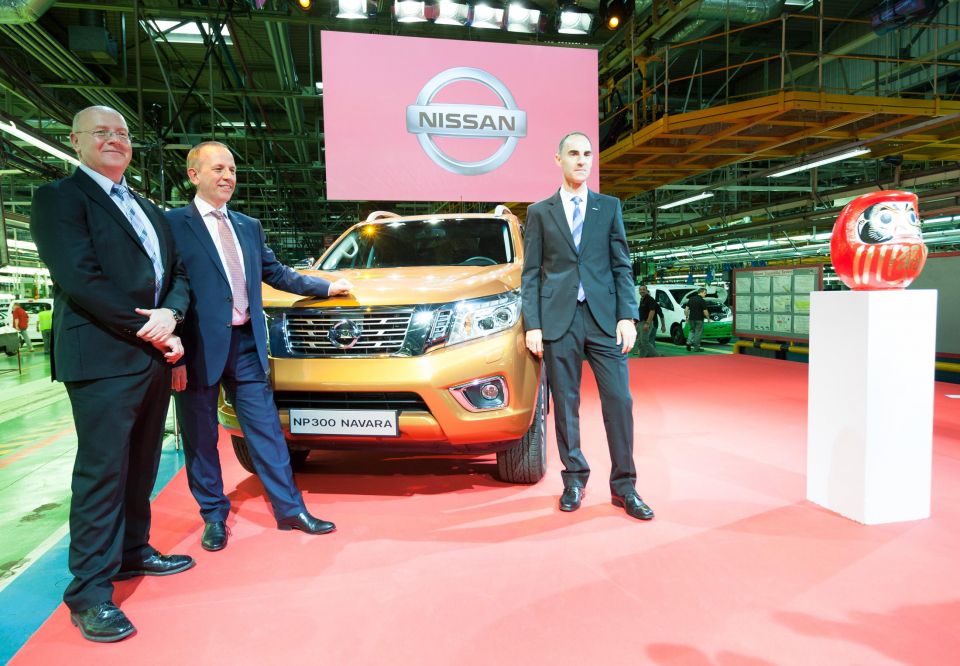
Nissan will continue with its plans to shut its manufacturing operations in Indonesia, leaving Thailand as its sole manufacturing base in south-east Asia.
It will also end some shifts at certain plants. These changes will reduce the company’s annual production capacity by about 20 per cent to between 5.4 and 6.0 million cars.
The carmaker’s global range will be trimmed from today’s 69 models to “fewer than 55 models” by early 2024, a reduction of around 20 per cent.
No word yet on which models the company plans to euthanise over the next few years, although the automaker says in the future it will “minimise regional models”.
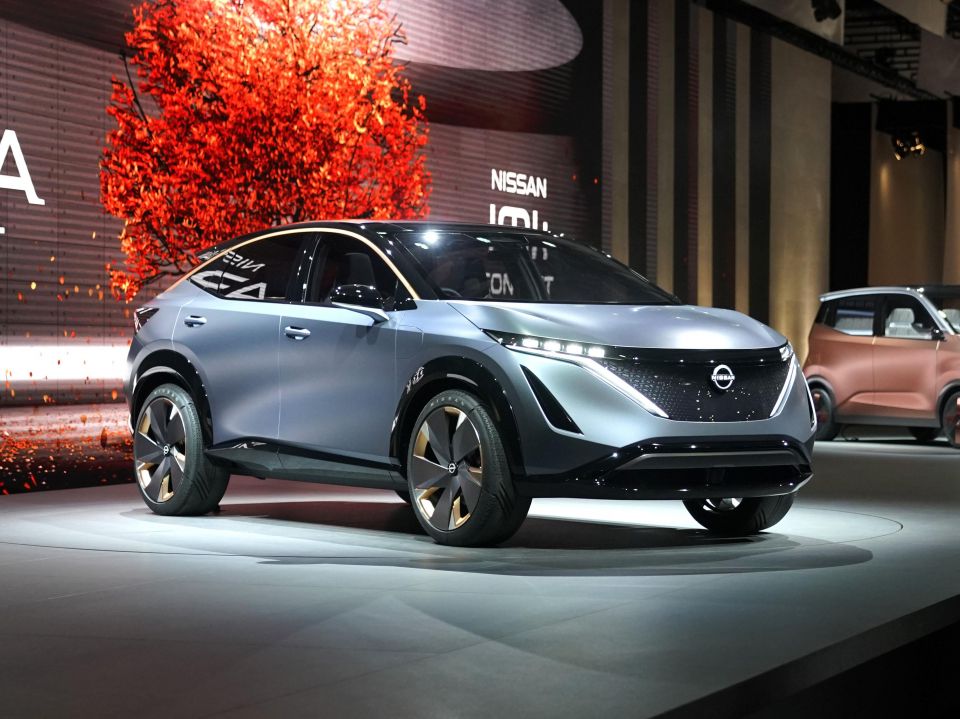
Despite this, the company plans to launch 12 new cars over the next 18 months in an effort to freshen its lineup and reduce the average age of its cars from five years to under four.
Some of these launches will be for replacements vehicles, such as the next-generation X-Trail and Pathfinder. As part of today’s presentation, the company also teased the 400Z, a new rear-wheel drive coupe to take the place of the long-lived 370Z.
There will be a few new cars in the mix, though, including a production version of the Ariya electric crossover and a new electric kei-car for Japan.
The automaker says it will be “ramping up electrification” with a mix of e-Power hybrid models and at least eight pure electric vehicles by early 2024.
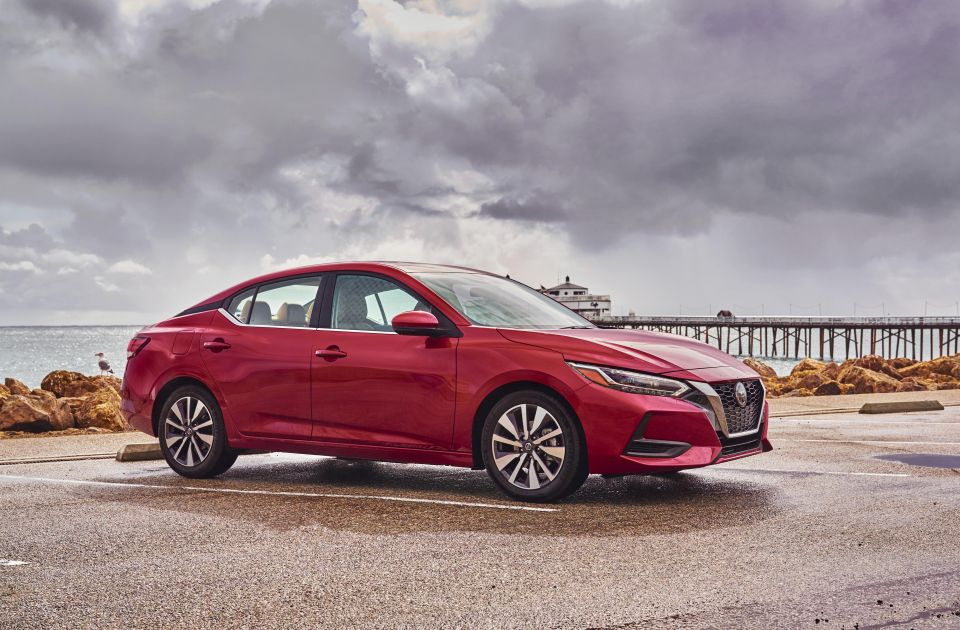
Yesterday, the Renault-Nissan-Mitsubishi Alliance announced a new “leader-follower” model, which will see more of the group’s cars developed by a designated lead brand and, possibly, modified with slight styling adjustments so they can be sold by follower marques.
As part of the new alliance relationship, Nissan will concentrate on its core markets of Japan, North America and China.
Nissan says in Europe, Latin America, and south-east Asia it will “sustain business … [by] leveraging the Alliance”.
It will also focus its development energy on four key vehicle types: the C-segment (Pulsar/Sentra/Sylphy and X-Trail class), D-segment (Altima and Pathfinder class), EVs, and sports cars (400Z, GT-R, Infiniti Q50/Nissan Skyline).
Smaller vehicles, utes, and commercial vans, it seems, could possibly end up as badge-engineered versions of Renault or Mitsubishi products.
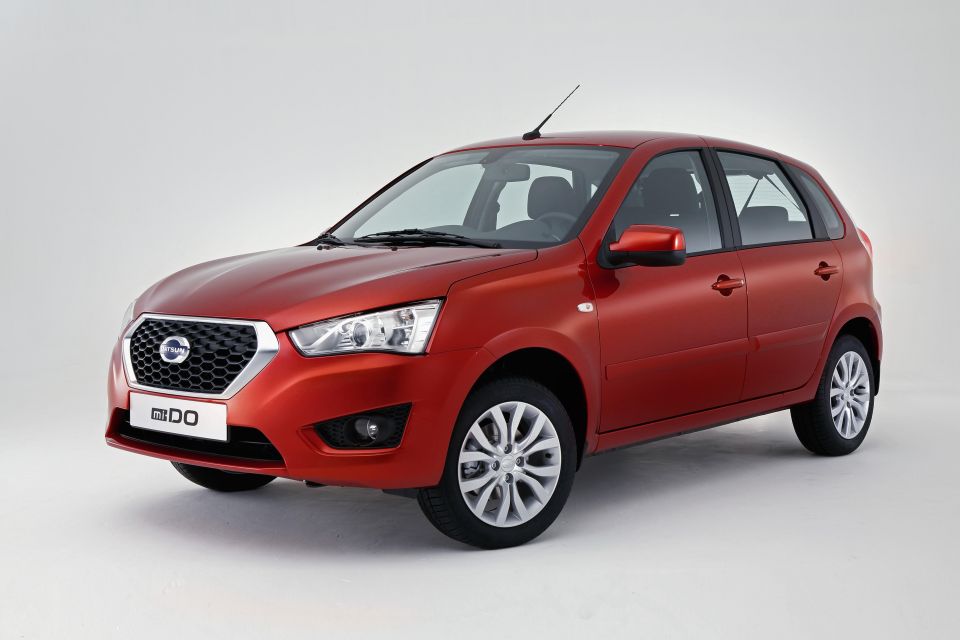
Contrary to an earlier report, its look as though the Datsun brand will live on, at least for now. The revived brand will, however, leave the Russian market, where it sells rebranded Lada vehicles.
For the time being Datsun will soldier on in India and South Africa.
The core Nissan brand will beat a strategic retreat from the South Korea, leaving the market entirely to Renault Samsung.
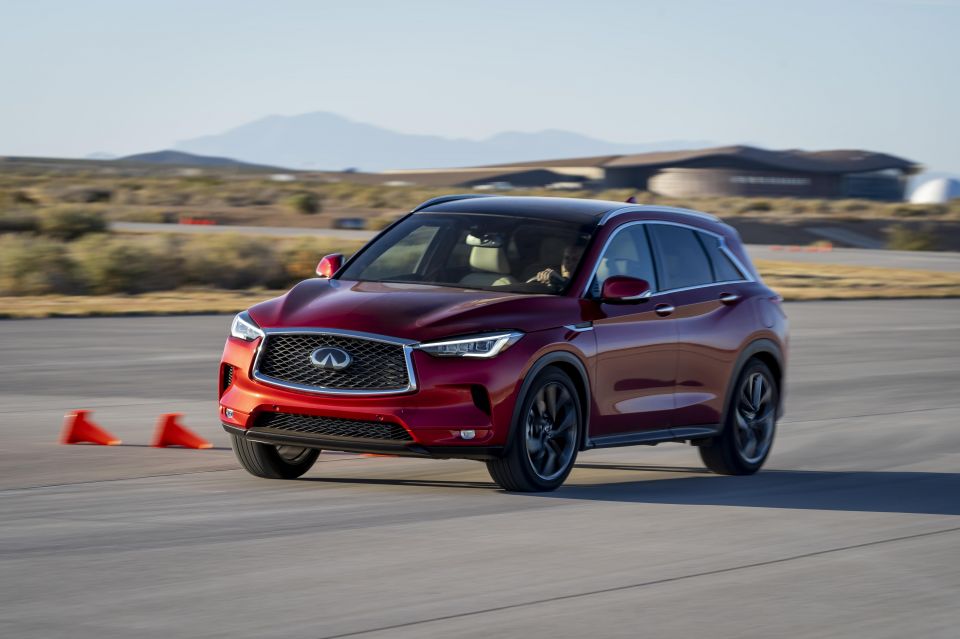
The company did not go into the much detail about plans for its luxury Infiniti marque. Although it did reveal there will be a new QX60 model, which will again be a rebodied version of the next-generation Nissan Pathfinder.
Last year, Infiniti announced it would quit the Australian and European markets to concentrate on North America and China.
Infiniti’s most recent plan called for it to base many of its new vehicles on a new electrified vehicle platform.
Where expert car reviews meet expert car buying – CarExpert gives you trusted advice, personalised service and real savings on your next new car.
Derek Fung would love to tell you about his multiple degrees, but he's too busy writing up some news right now. In his spare time Derek loves chasing automotive rabbits down the hole. Based in New York, New York, Derek loves to travel and is very much a window not an aisle person.


Matt Campbell
5 Days Ago


James Wong
4 Days Ago


Max Davies
3 Days Ago


Josh Nevett
2 Days Ago


Josh Nevett
1 Day Ago


William Stopford
18 Hours Ago